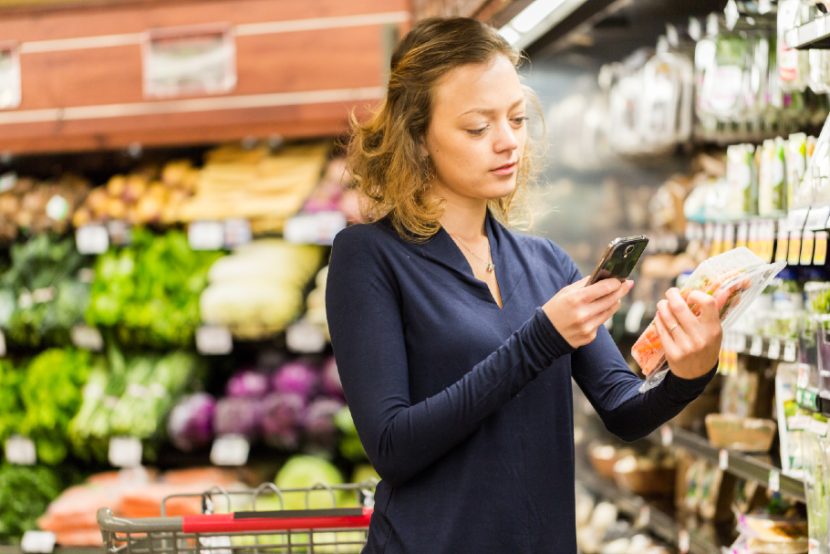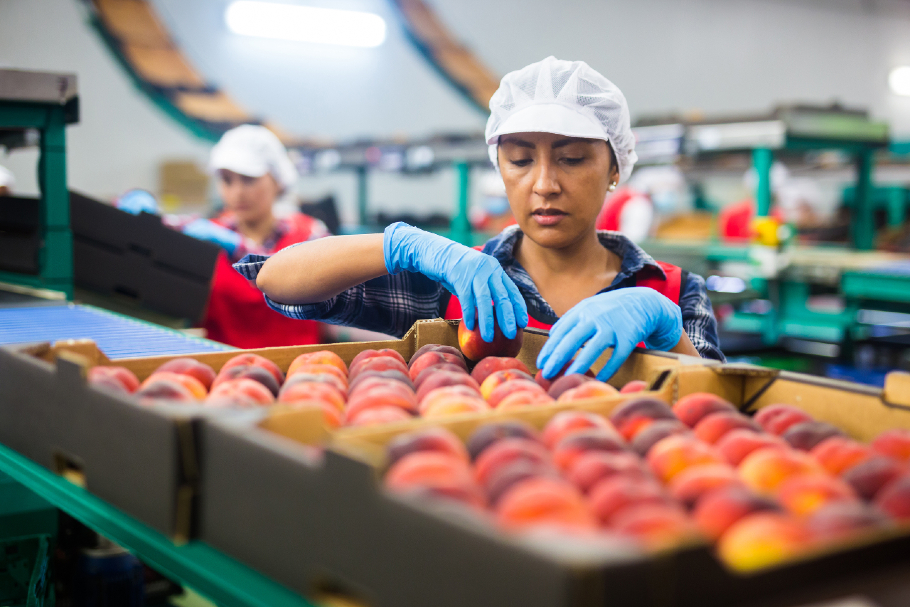Adopting Blockchain Technology in the Food Industry
By Anthony Raschke
In recent years the food Industry has made significant advances in managing food safety. However, the rate of consumer recalls, food-borne illnesses, and contamination threats is not declining. One perspective is that an increase in recalls means that the system is working due to advancements in analytical testing and traceability, as well as regulatory bodies casting a wider net. The FDA argues that the food industry is not taking enough advantage of technology, and so through the adoption of the “New Era of Smarter Food Safety” blueprint the FDA is leveraging new and emerging technologies to accelerate change and reduce recalls.
The food industry is currently facing numerous supply chain challenges. The cost of shipping, access to goods and materials, as well as labour shortages are all having a significant impact. The adoption and emphasis on digitization and the use of technology to enhance traceability in the supply chain is becoming more common among companies seeking to help address these supply chain challenges.
There is clear evidence that the food industry is open to, and is already making, more use of technology. Moving from paper to electronic records, and utilizing apps to monitor pest control devices and cool room temperatures are just some simple examples. Dubai has launched Food Watch, which completely digitizes food safety and nutritional information for high-risk foods. Its “Predict, Prevent, Protect” approach is similar to the “New Era of Smarter Food Safety” blueprint that the FDA is rolling out.
We have seen how many industries track the supply chain through real-time applications to achieve fast, accurate and effective tracking of goods and shipments. Advances in artificial intelligence (AI), the Internet of Things (IoT), and blockchain technology (BT) are all making digital food safety a reality. BT with its combination of a decentralized database, immutability, enhanced visibility, transparency, and data integrity provides a whole new level of trust.
Blockchain with its combination of a decentralized database, immutability, enhanced visibility, transparency, and data integrity provides a whole new level of trust.
According to Guy Scott, CEO of Veridoc Global, “Food traceability is important to all of us and blockchain can deliver transparency in our policies and procedures to show consumers that they can trust the food they eat.”
BT has been around since 2009 and is known for its application with cryptocurrencies. While the technology is relatively well established, the adoption of BT in the food industry has been slow and users are still being considered at this stage as early adopters. There are numerous use cases, proof of concepts (POCs), and pilot studies for the use of BT to enhance traceability in the supply chain. However, many systems offer good traceability that do not use blockchain. So why would we need BT? “Trust” appears to be the major reason. If you trust the data in the database, why would you need blockchain? BT does not know if the data is true or fake, only that it cannot be altered once on the blockchain. This inherent immutability means that users know that more care needs to be taken to ensure data is cleansed, structured, and verified before it goes onto the blockchain.
The adoption of BT in the food industry is directly linked to the need for brand protection, loss reduction and to add significant value to existing processes. Specific examples of existing applications of BT in the food industry include fraud mitigation in tuna and salmon operations, determining the provenance and authenticity of premium wines and spirits, supporting claims such as Organic or Rainforest Alliance Aquaculture Stewardship Council (ASC) Standards. BT reduces the time it takes to track the source of food contamination in high-risk products such as leafy greens and baby food. BT is also transforming food certification by providing more confidence in the data generated during audits.
The advantage of BT as a useful technology appears to be in its synergy with other technologies. A common technology relationship we are seeing is the use of BT with QR codes, GPS tracking, and IoT devices on a systems platform. Digital food safety plan builders are available that make use of the combination of all these technologies. While there appear to be many applications for blockchain technology, this does not mean it will be a technology that is readily adopted. The fact that there are still many companies and countries experimenting with this technology means that it has not been fully adopted.
It is not clear at this stage whether the food industry truly understands how BT can be adopted as a tool for supporting transparency and brand protection. There are indications that governments may be the strongest drivers for BT as they want to be seen to be doing the right thing, however, those that have something to hide or do not want the spotlight on them will drag their feet. To some SMEs the use of technology to enhance operations is either not being considered or is being considered too expensive. As the food industry enhances its food safety culture, the levels of expectations around trust will grow. The simple process of having to verify that data is correct before putting it into an immutable database will raise the trust bar and it is here and in conjunction with the use of other technologies that we believe that blockchain will find relevance in the food industry.
David Fliss, Vice President of Sales, North America – CSM Ingredients, summarises the adoption of BT within the food industry very well. “It brings a renewed level of credibility, trust, and transparency for consumers. The Global Food Chain is very complex and we must embrace technology to assure that every human being has access to safe, secure food, regardless of economic conditions, mode of distribution, extreme weather conditions, or political environment. Digital traceability which utilizes Blockchain Technology is a global game changer the world can’t afford to live without.”
About the Author:
Anthony Raschke is the Technical Director at EyeOnRisk. He is an internationally recognized food safety coach who endeavours to adapt complex technical content into practical information that food safety professionals can effectively apply so they can make positive contributions to how they manage food safety every day.

-
 FeaturedRisk management
The Cost of a Breach: What a Cyberattack Could Mean for Food Safety Recalls
FeaturedRisk management
The Cost of a Breach: What a Cyberattack Could Mean for Food Safety Recalls
-
 FeaturedRisk management
Securing the Food Chain: How ISO/IEC 27001 Strengthens Cybersecurity
FeaturedRisk management
Securing the Food Chain: How ISO/IEC 27001 Strengthens Cybersecurity
-
 FeaturedRisk management
Revolutionizing Food Safety Training: Breaking Out of the “Check-the-Box” Mentality
FeaturedRisk management
Revolutionizing Food Safety Training: Breaking Out of the “Check-the-Box” Mentality
-
 GFSI Standards
GFSI 2025: Building Trust, Tech-Forward Solutions, and Global Unity in Food Safety
GFSI Standards
GFSI 2025: Building Trust, Tech-Forward Solutions, and Global Unity in Food Safety
-
 FeaturedFood Safety
Integrated Pest Management: Strategies to Protect Your Brand’s Reputation
FeaturedFood Safety
Integrated Pest Management: Strategies to Protect Your Brand’s Reputation
-
 FeaturedFood Safety Culture & Training
No Open Door Policy: Challenges That Impact Pest Control in Food Processing Plants
FeaturedFood Safety Culture & Training
No Open Door Policy: Challenges That Impact Pest Control in Food Processing Plants




